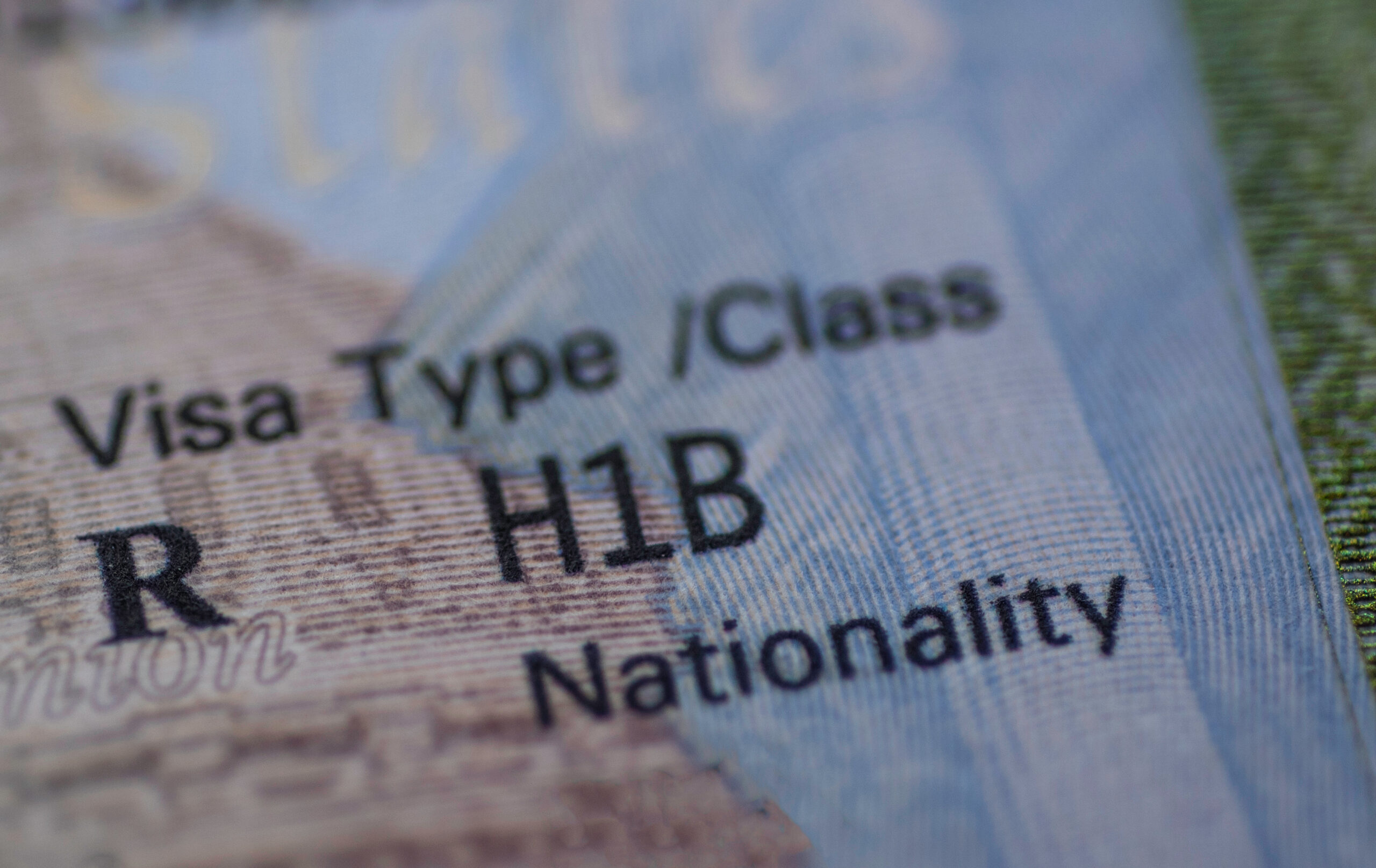Farewell, H-1Bs
H-1B visa holders are not the world’s best and brightest, so Canada is welcome to them.

That didn’t take long. Earlier this month, Canada announced that it would offer 10,000 work permits to H-1B visa holders in the United States. These workers would be able to move to Canada without having a job offer in place and would be on a path to permanent residency. Within 48 hours of the application portal going live, all 10,000 slots had been filled.
All I can say is: Good luck in Toronto, guys, and make sure you check out the botanical garden.
This move is part of Prime Minister Justin Trudeau’s broader immigration plan, which has the goal of raising the annual number of new immigrants to Canada to 500,000 by 2025. That is about twice the number that came in 2014. Canada’s population increased more in the last year than ever before in its history, and the country’s housing market is already deranged from such rapid growth, especially in cities where immigrants tend to settle, such as Toronto and Vancouver.
This new H-1B scheme is aimed at improving Canada’s tech sector and taking advantage of recent layoffs in Silicon Valley, which have hit H-1B visa holders hard. If an H-1B worker is laid off, he has 60 days to find a new job or else he must go back home.
If Canada thinks it is going to scoop up America’s best and brightest with this move, the joke may be on them. The H-1B program was designed to bring in highly skilled workers in science and technology, but it has long since devolved into a way for tech companies to undercut the wages of American programmers by bringing in foreign labor for routine tasks.
The program is rife with corruption, which is not surprising considering that the vast majority of H-1B visa holders come from India, and Indian business culture is characterized by laxity in that department. Common problems include faked qualifications, managers demanding bribes from workers to place them in jobs (several executives at Tata Consulting Services were fired last month in a scandal over exactly this), and collusion among the large Indian consulting firms to flood the visa lottery with applications.
Subscribe Today
Get daily emails in your inbox
More than half of the computer programmers in Silicon Valley are foreign-born. Many of these are H-1Bs or former H-1Bs. The practice of bringing in foreign guest workers totally transformed the tech industry, and not for the better. It has made it harder for Americans to find jobs at these companies and lowered the salaries of the ones who do.
President Donald Trump took several steps toward H-1B reform. He restricted the types of jobs for which H-1B workers could be hired, making it so that many entry-level computer programming positions were excluded, and tightened up the requirement that visa applicants demonstrate “specialized” knowledge or skills. The denial rate rose from 6 percent of H-1B visa applications in 2015 to 32 percent in 2019. He also attempted to raise the “prevailing wage” requirement, which would have made it harder for companies to use H-1Bs to undercut American salaries.
That is what America needs in terms of its foreign tech workers: fewer and better. If Canada wants to move in the opposite direction, they will inflict no harm on the United States by doing so.
Comments